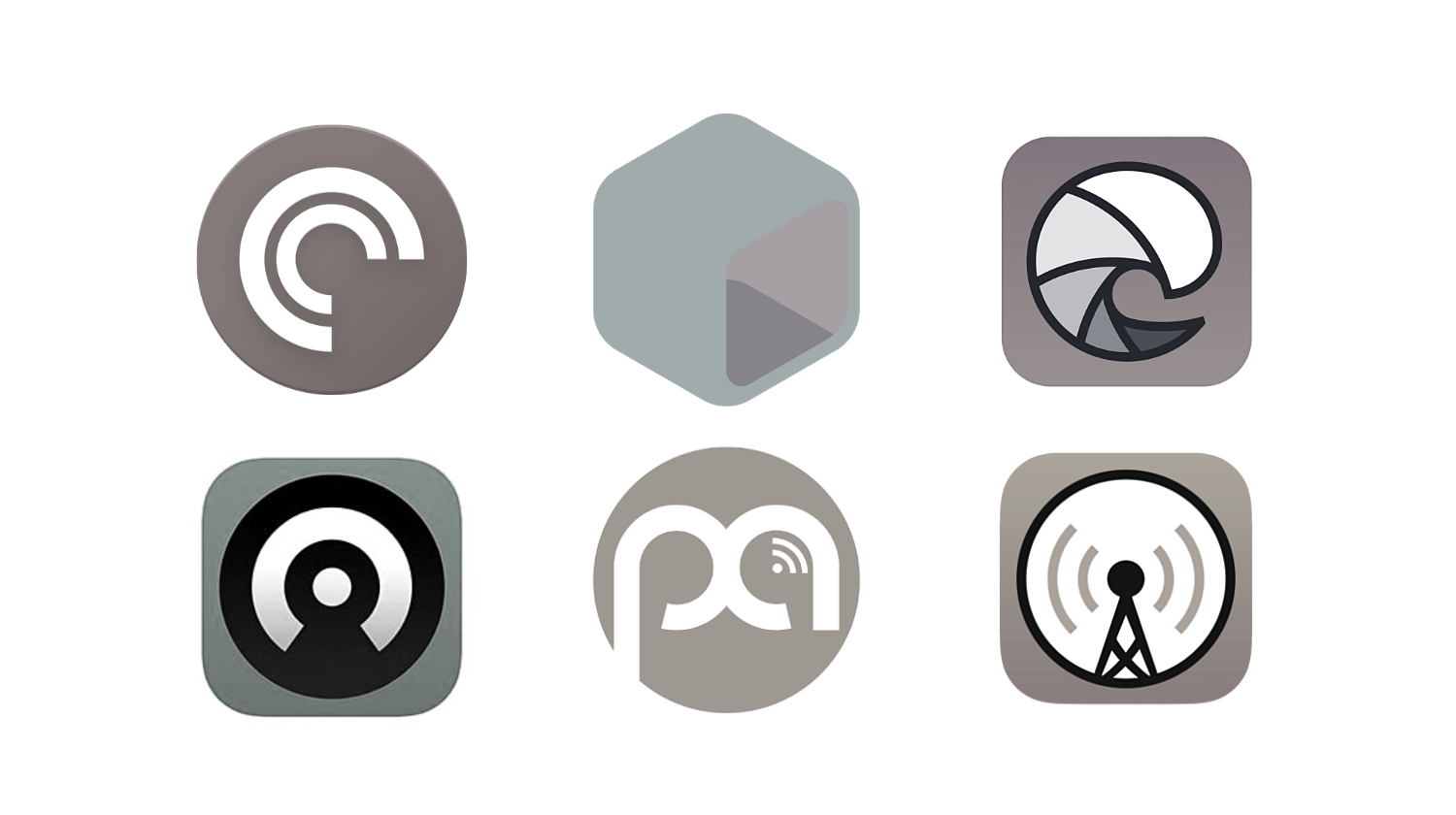Join us for a fictional tale of two security leaders—Roger and Sarah—and their contrasting approaches to zero-day crisis management.
Let TAPE3 read this edition of the newsletter to you 🎧 🤖 ⇩
Roger, the Chief Information Security Officer (CISO) of a leading cloud services provider, woke to an urgent notification on his encrypted smartphone. "wrEchoChamber Vulnerability: Worse Than Log4Shell?" said the Ball Street Journal headline. The article mentioned it was a zero-day exploit, leaving no time for preparedness. His pulse quickened.
Driving to the office, he listened to experts compare wrEchoChamber to "Log4Shell on steroids," emphasizing its zero-day nature and its capability for not just Remote Code Execution but also lateral movement across networks. When he walked into an emergency board meeting, the room was thick with urgency.
"We have to act now!" declared the CEO.
Roger was at a crossroads. His team had invested in state-of-the-art AI technologies for threat intelligence and automated patch management. He knew the power of these tools.
"We'll activate emergency protocols," he suggested, "but only after our AI has assessed the risks and countermeasures for this zero-day exploit."
"No, we don't have time," interrupted the CEO. "Patch the systems—now."
Roger sighed and complied, against his instincts and better judgment.
Across town, Sarah, a Senior Threat Intelligence Analyst at a healthcare company, started seeing alerts and traffic anomalies related to the wrEchoChamber zero-day vulnerability. News about intermittent service disruptions at several cloud services companies, including Roger's, trickled in. Sarah's AI analytics platform identified this as a significant cyber risk.
Before making any recommendations to her organization's C-suite, she consulted her community of threat intelligence specialists on a secure forum. "Assessment on wrEchoChamber's zero-day impact? Reports of fast patching suggest service instability at some cloud providers." The community's consensus backed her AI's analysis: "Implement mitigations but monitor continuously for the next 24–48 hours."
Days later, Roger couldn't help but reflect on what had happened. The CEO's directive to hastily apply patches over other mitigating controls led to more severe service disruptions and introduced new vulnerabilities. It validated his original caution about acting without a comprehensive risk assessment, supported by a community with a wider view than just his own organization, especially with a zero-day exploit like wrEchoChamber.
With a chance to catch his breath, he turned to his secure CISO forum, where lessons were being shared and dissected. One CISO wrote about how their hurried patches led to unforeseen glitches; another praised their AI systems for successfully mitigating the threat without causing undue panic; yet another discussed an overlooked secondary vulnerability exploited during the patching chaos. There were even reports of inline protection technologies being automatically updated in real-time to prevent the vulnerability from being exploitable.
Sarah's threat intelligence community also exchanged lessons. Expert opinions endorsed AI's role in providing rapid, data-driven risk assessments during zero-day events. Sarah was pleased that her recommendations, backed by experience, AI, and communal wisdom, had spared her company from hasty, potentially damaging decisions.
The wrEchoChamber incident became a watershed moment, teaching the world about the potential and limitations of AI and the invaluable role of community insights, especially when dealing with zero-day threats. For Roger, Sarah, and their respective professional circles, it highlighted that the strength of any risk mitigation strategy lies in a balanced approach that intelligently blends machine analysis with human expertise and collective wisdom.
At times, procedures entrenched in outdated perspectives and traditions, and maneuvers that fail to consider the full spectrum of pertinent information—including the personal experience of the one delegated to safeguard the environment—can place an organization in a more precarious position than its original standing.
The ripple effect of the event stretched beyond cybersecurity, reminding everyone that whether we're CISOs, threat intelligence analysts, CEOs, or board members, the fulcrum of our collective security and stability isn't just rapid action or cutting-edge technology but a nuanced, multi-faceted strategy supported by the community, best practices, proven playbooks, and sometimes good ole common sense.
Hopefully, this story will be a wake-up call that encourages industries and individuals to rethink how they respond to zero-day threats and, indeed, to any crisis of such a volatile and complex nature.
This article represents the results of an interactive collaboration between Human Cognition and Artificial Intelligence.
Sincerely, Sean Martin and TAPE3
Enjoy, think, share with others, and subscribe to "The Future of Cybersecurity" Newsletter.
Want to comment on this topic, you can connect with Sean and the community in this LinkedIn post: https://www.linkedin.com/pulse/zero-day-showdown-navigating-cyber-threats-age-ai-instant-sean-martin
Sean Martin is the host of the Redefining CyberSecurity Podcast, part of the ITSPmagazine Podcast Network—which he co-founded with his good friend Marco Ciappelli—where you may just find some of these topics being discussed.
Or, visit Sean’s personal website.






